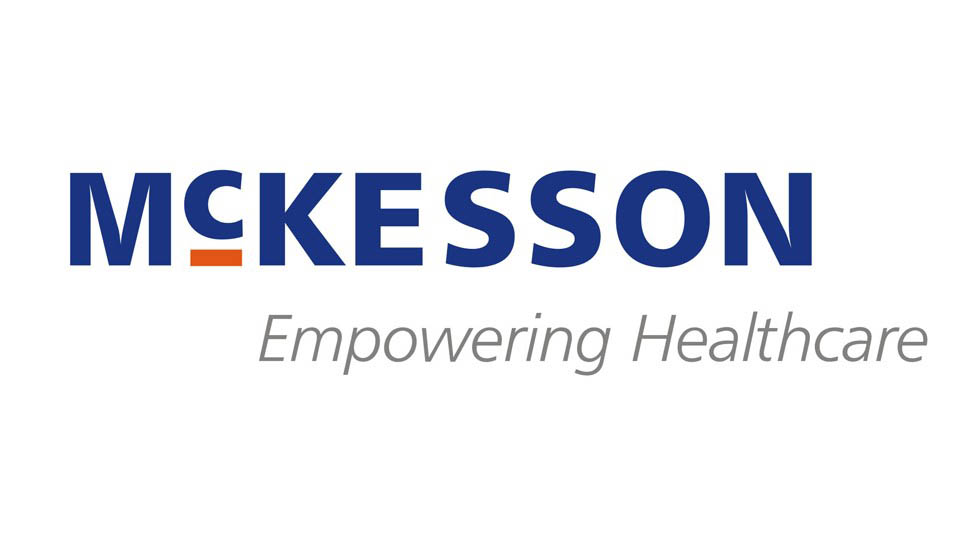(Reuters) – A group of state attorneys general unveiled yesterday a landmark $26 billion settlement with large drug companies for allegedly fueling the deadly nationwide opioid epidemic, but the deal still requires support from thousands of local governments.
Under the settlement proposal, the three largest U.S. drug distributors — McKesson Corp, Cardinal Health Inc and AmerisourceBergen Corp — are expected to pay a combined $21 billion, while drugmaker Johnson & Johnson would pay $5 billion.
The money is expected to be used on addiction treatment, family support, education and other social programs.
“There’s not enough money in the world, frankly, to address the pain and suffering,” said Connecticut Attorney General William Tong, but added that the money will “help where help is needed.”
The deal represents the second-largest cash settlement ever, trailing only the $246 billion tobacco agreement in 1998. Attorneys general from 15 states were involved in negotiating the deal, as were lead lawyers for local governments.
McKesson will pay up to $7.9 billion, while AmerisourceBergen and Cardinal each agreed to provide up to $6.4 billion. The payments will be made over 18 years.
J&J will pay over nine years, with up to $3.7 billion paid during the first three years.
Around $2.2 billion of the total would cover attorneys fees and legal costs.
“This settlement will directly support state and local efforts to make meaningful progress in addressing the opioid crisis,” said Michael Ullmann, Johnson & Johnson’s general counsel.
To receive the full payout, the agreement needs support from at least 48 states, 98% of litigating local governments and 97% of the jurisdictions that have yet to sue.
The distributors were accused of lax controls that allowed massive amounts of addictive painkillers to be diverted into illegal channels, devastating communities, while J&J was accused of downplaying the addiction risk in its opioid marketing.
The companies have denied the allegations.
The settlement also calls for the creation of an independent clearinghouse to provide the distributors and state regulators aggregated data about drug shipments, which negotiators hope will help prevent abuse.
In a joint statement, the distributors called the settlement an important step “toward achieving broad resolution of governmental opioid claims and delivering meaningful relief to communities across the United States.”
More than 3,000 lawsuits related to the health crisis, mostly by state and local governments, have been filed, and the settlement’s ultimate payout depends on the number of localities that agree to drop their lawsuits.
Other settlements are also being negotiated, with the opioid makers Purdue Pharma and Mallinckrodt Plc working through the bankruptcy courts to secure support for settlements worth more than $10 billion and $1.6 billion, respectively.
States will have 30 days to evaluate Wednesday’s agreement. North Carolina Attorney General Josh Stein said the expectation is “well north of 40 will sign on.”
The opioid crisis has been blamed for hundreds of thousands of U.S. overdose deaths since 1999, but has hit some regions much harder than others, creating divisions among governments when it comes to considering the settlement.
“States that don’t sign on are being irresponsible,” said Louisiana Attorney General Jeff Landry. “We don’t want perfect to be the enemy of the good.”
Shares of the distributors each rose about 1.5%, while J&J, which also reported quarterly results on Wednesday, rose about 0.6%. Shares in the companies had climbed on Tuesday in anticipation of the announcement.
Washington state’s attorney general, Bob Ferguson, said he would not join the deal. “The settlement is, to be blunt, not nearly good enough for Washington,” he said.
To receive the full payout, the agreement needs support from at least 48 states, 98% of litigating local governments and 97% of the jurisdictions that have yet to sue.
Electing to participate only guarantees a state some of the money. The settlement provides a base payout of up to $12.12 billion if all states agreed to the deal, and another $10.7 billion tied to localities joining the deal.
“Everyone has a common interest to get maximum participation to get a maximum amount of funds for abatement nationally,” said Joe Rice, a lead lawyer for the local governments.
Once a state agrees to the deal, its local governments have up to 120 days to join. They can only join if a state does. Paul Geller, a lead negotiator for the plaintiffs, said if a state was unsure about joining, “the subdivisions ought to let the state know they want the money.”
About half of the states, in anticipation of the settlement, have passed legislation or signed agreements with their localities governing how settlement money will be distributed, according to Christine Minhee, who runs an opioid litigation watchdog project supported by an Open Society Foundations Soros Justice Fellowship.
Legislation does not guarantee success. In Indiana, cities and counties representing more than half of the state’s population have opted out after a law limited their cut to 15%.
Indiana Attorney General Todd Rokita’s office said if those local governments do not opt back into the deal, the state could lose up to $237.9 million of the $507 million it would receive.
Communities in hard-hit West Virginia opted out of the deal after being offered less than 1% of the money, said Paul Farrell, a lawyer for West Virginia plaintiffs. Local governments in the state are pursuing a case that is on trial against distributors.
The settlement comes even as the crisis has shown no sign of letting up. The U.S. Centers for Disease Control and Prevention last week said provisional data showed that 2020 was a record year for overall drug overdose deaths, at 93,331, up 29% from a year earlier.





